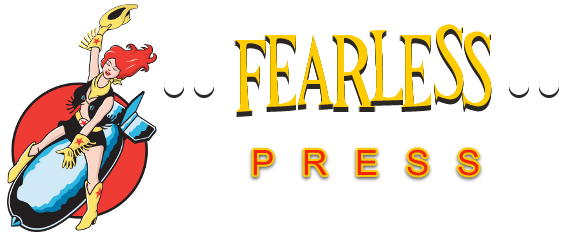By Bex vanKoot
The Great Divide: Between Men and Women in the Ancient Americas
Transgenderism in Myth, Part Two
Last month we discussed transgender archetypes and myths in the “classical” world of Greece and Rome. The myths and names we are most familiar with aren’t the only ones haunting our past, as transgenderism, bisexuality and other queer issues were once a mainstay of popular culture in the ancient Americas as well!
Ancient MesoAmerica
In MesoAmerican cultures, transgender and bisexual individuals were often represented by either masculine or feminine deities, rather than androgynous beings. Some would appear to represent one gender, but be decorated with the symbolism of the other, embodying the classic third gender role from these ancient civilizations. Coatlicue for instance, the serpent-skirted goddess of life and death, was undoubtedly a woman who bore many children, but the serpents which adorn her outfit in her most famous of statues are covered in scales shaped as the symbol of the god of water, to whom blood sacrifices were often made. Coatlicue wears a necklace of hands and hearts. With her head removed, spurts of blood gush forth as two giant snakes, their tongues meeting in a fierce kiss which forms the symbol of a bisected penis, a blood sacrifice rite, a pain-induced trance journey and sexually symbolic act prevalent in MesoAmerican practices.
The Moon Goddess of Maya mythology is described as quite masculine and the typical MesoAmerican maize deity is depicted as androgynous. In fact the western anthropological field had to adopt a completely new view of gender in order to even begin understanding what remains of the many cultures that once covered Central America and Mexico. These cultures understood that bodies come in more than two types and allowed this understanding to manifest in their language.
Anthropologist Rosemary Joyce wrote that “gender was a fluid potential, not a fixed category, before the Spaniards came to Mesoamerica. Childhood training and ritual shaped, but did not set, adult gender, which could encompass third genders and alternative sexualities as well as “male” and “female.” At the height of the Classic period, Maya rulers presented themselves as embodying the entire range of gender possibilities, from male through female, by wearing blended costumes and playing male and female roles in state ceremonies.” Many of the sacred prostitutes, mating with Kings and priests on ritual holidays, were of this third gender, born male and living life in the dress and work of women.
Voodoo
In the practices of Haitian and Louisiana Voodoo, many of the spirits known as lwa are identified with LGBT themes, including cross-dressing, gender-bending and same sex encounters. Ghede Nibo is the spirit who cares for the dying young and is often portrayed as a drag queen who encourages lascivious behaviour. His father Baron Samedi is a bisexual or transgendered male figure in fancy dress who likes to cross gender boundaries and encourage others to similar acts. Other Barons engage in homoerotic wrestling with the Erzulie women protect gay men (Freda) and lesbians (Dantor). Erzulie often inspires transgender, bisexual and/or homoerotic expressions when interacting with men in ritual.
Native Tribes of Canada & the US
In many native tribes where shamanism was present in the culture, including an abundance in Canada and the US, third-gender or transgender individuals were especially revered for their ability to access the energies of both genders. Cross-dressing was as common in rites as animism!
Will Roscoe wrote in The Zuni Man-Woman that two-spirited individuals have been “documented in over 130 tribes, in every region of North America, among every type of native culture.” These tribes include the Chukchi, Sea Dayak, Patagonians, Araucanians, Arapaho, Cheyenne, Navajo, Pawnee, Lakota, and Ute. In many tribes, transgenderism was prized to the point that kin selection was used to preserve the genes of powerful two-spirited shamans.
The word “two-spirit” was coined in 1990 during the third annual intertribal Native American/First Nations gay and lesbian conference. It is a calque (literal, word-for-word translation) of the Ojibwe phrase for a third-gender shaman, niizh manidoowag (two spirits), finally replacing the “scholarly” term bardache which comes from a French word implying a male prostitute.
Orienting
The difference between our modern view of gender and that from other areas of the world is that we tend to assume that gender and sexual orientation are the same thing. They aren’t and cultures the world round knew it many, many centuries ago. Whether they were celibate, regularly engaged in sex with partners of multiple genders, or “settled down” into a monogamous relationship, it was not immediately assumed in early childhood when gender was assigned.
Hopefully people teaching LGBT history in schools these days go far back enough to rediscover this hidden treasure trove of gender.
